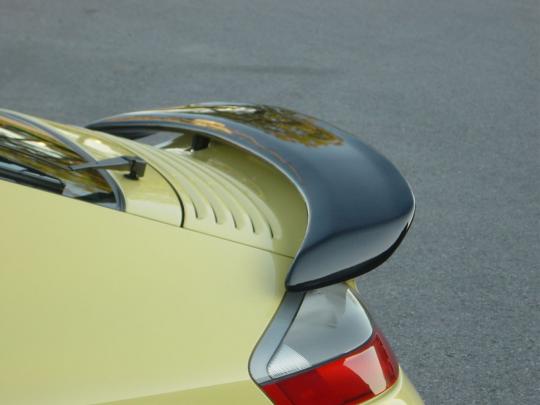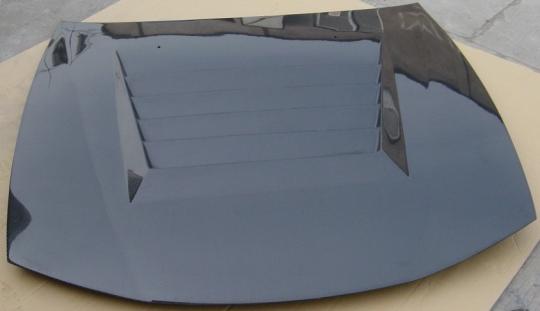Why is carbon fibre so expensive?
Why is carbon fibre so expensive?
When carbon fibre was introduced in the 1960s, it was poised to not only take on fibreglass, but also a whole host of other materials. Initially used in the aerospace industry, carbon fibre is now used in numerous of other products, notably in automotive parts and accessories. Since it appeared more than 50 years ago and we have been using it for decades, why is this material which is lighter and tougher than steel, still so expensive?
Well, apparently, carbon fibre has to go through an expensive process just to manufacture it. Before carbon fibre becomes carbon fibre, it starts as a base material, usually an organic polymer with carbon atoms binding together long strings of molecules called a polyacrylonitrile.
To get the carbon part of carbon fibre, half of the starting material's acrylic needs to be kicked away. "The final product will cost double what you started with because half burns off," explains Bob Norris of Oak Ridge National Laboratory's (Tennessee, USA) polymer matrix composites group. "Before you even account for energy and equipment, the precursor in the final product is something around $5 a pound."
Forcing the acrylic to shed its non-carbon atoms takes monstrous machines and a lot of heat. The first of two major processing steps is oxidisation stabilisation. Here fibres are continuously fed through 50-100 foot-long ovens pumping out heat in the several hundred degrees Celsius range. The process takes hours and uses up lots of energy.
Then the material goes through the carbonisation process. Although the furnaces here are shorter and don't run for as long as the previous step, they operate at much higher temperatures, at 1000 degrees Celsius for the initial step and then another round of heating with even higher temperatures. Just imagine the power bill for these processes and it doesn't end here. Manufacturers also have to deal with the acrylic that doesn't hold on during the heating process. Off gasses (the introduction of harmful chemicals into the environment) need to be treated so as not to poison the environment.
After all of that, what we get are just strands of carbon fibre. They still need to be arranged into a lattice (criss-cross) in order to take advantage of the material's uni-directional strength. The arranged fibres have to be parallel and stretched evenly, every single one of them. A wavy strand in a lattice will put extra stress on a straight fibre, and that straight one will end up breaking first. To compensate for the possibility of an imperfect weave, manufacturers might thread in ten percent more of the already expensive fibres than is necessary.
These strands alone are not what manufacturers need. Carbon fibre is used to reinforce composite materials. They are like steel bars in a block of concrete. Right now carbon fibres work with a thermoset resin. Together they make a composite that can be manipulated to take a certain shape. The problem is that once the resin has been shaped and cured in an autoclave, it cannot be modified without compromising its structural integrity. A small mistake means a lot of waste, including time. Thermosetting takes over an hour, which is a long time considering how fast the automotive industry stamps out body panels.
The process of producing a carbon fibre product takes a lot of time and energy which eventually costs a lot of money. Until scientists or experts in this field comes up with a manufacturing process that costs lower and less time consuming, consumers have to bear with the prices of carbon fibre for now.









0 Comments
Recommended Comments
There are no comments to display.
Create an account or sign in to comment
You need to be a member in order to leave a comment
Create an account
Sign up for a new account in our community. It's easy!
Register a new accountSign in
Already have an account? Sign in here.
Sign In Now